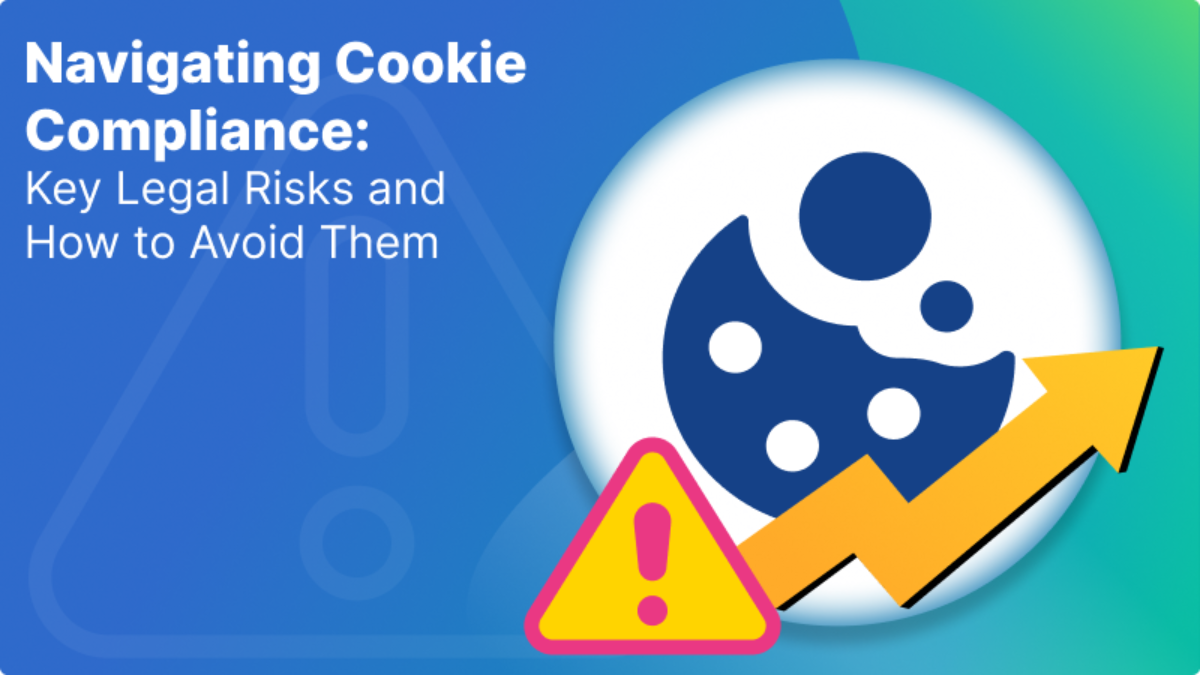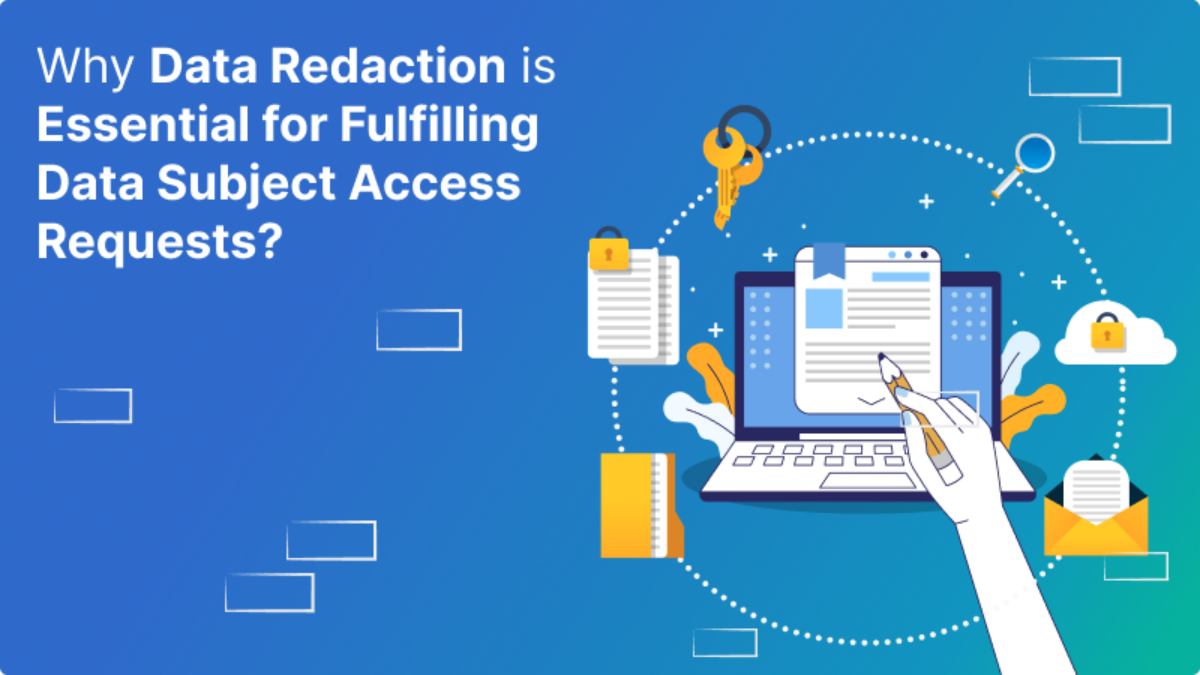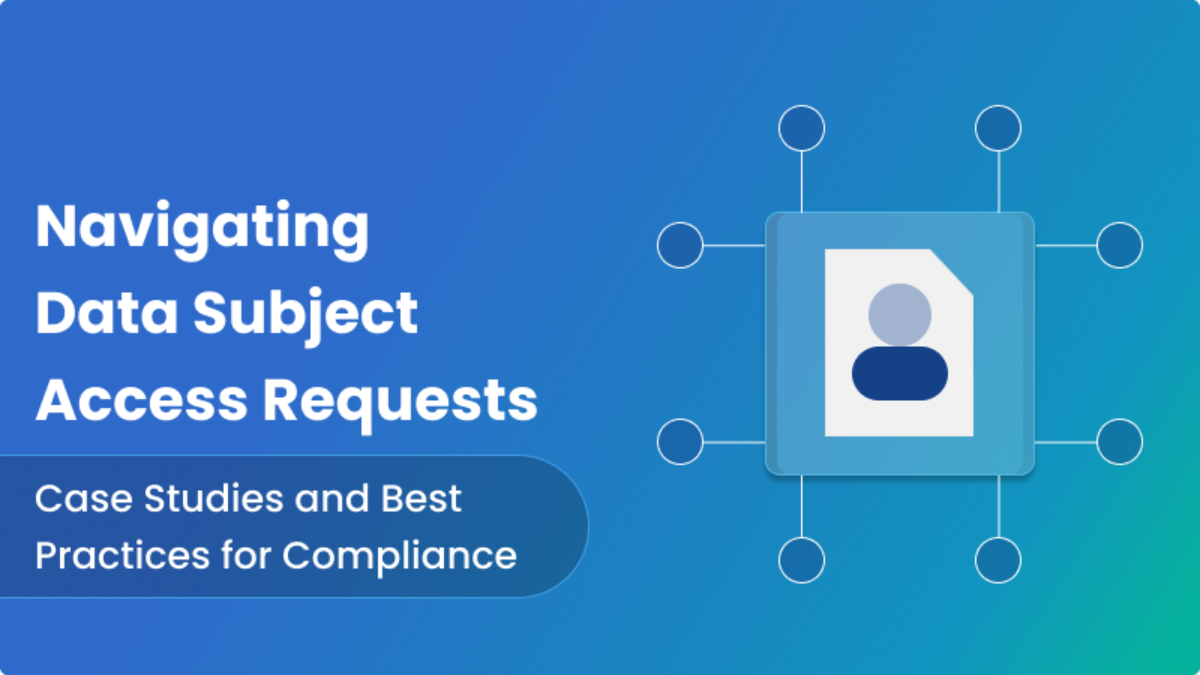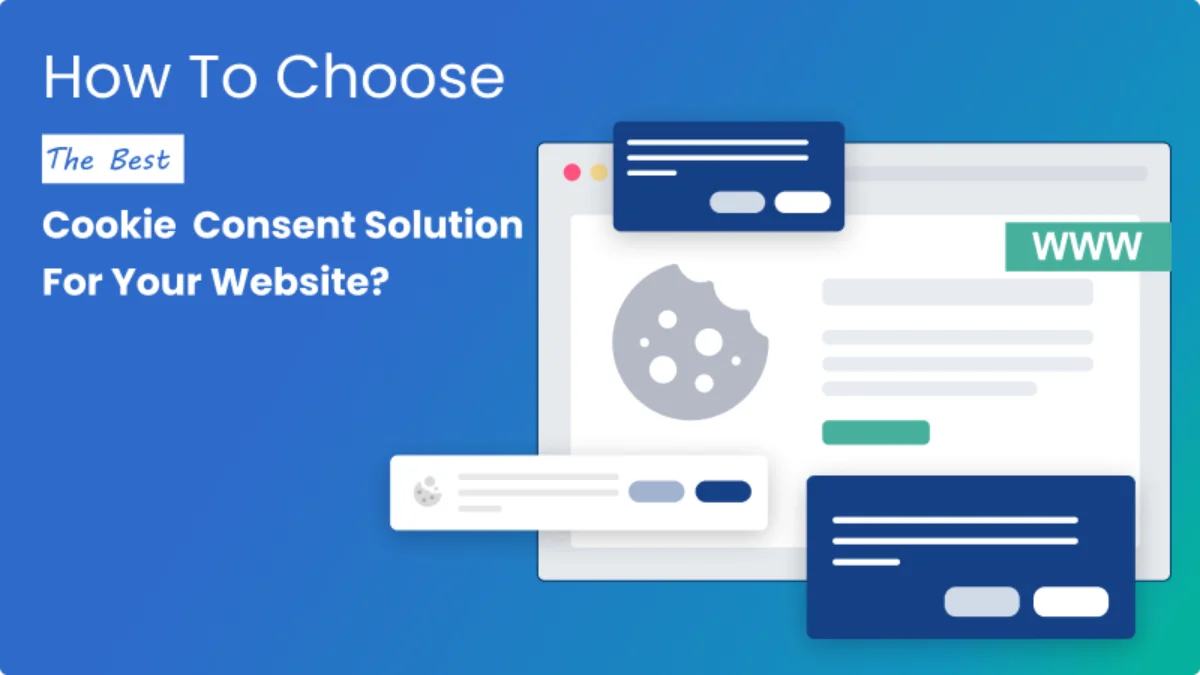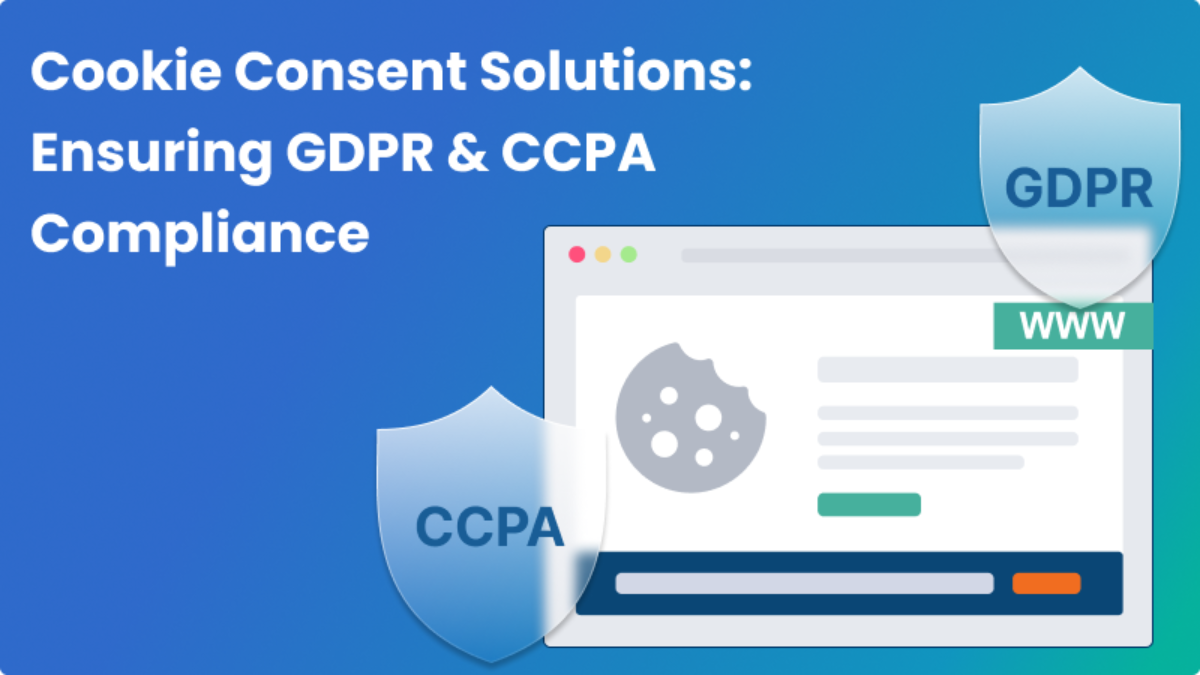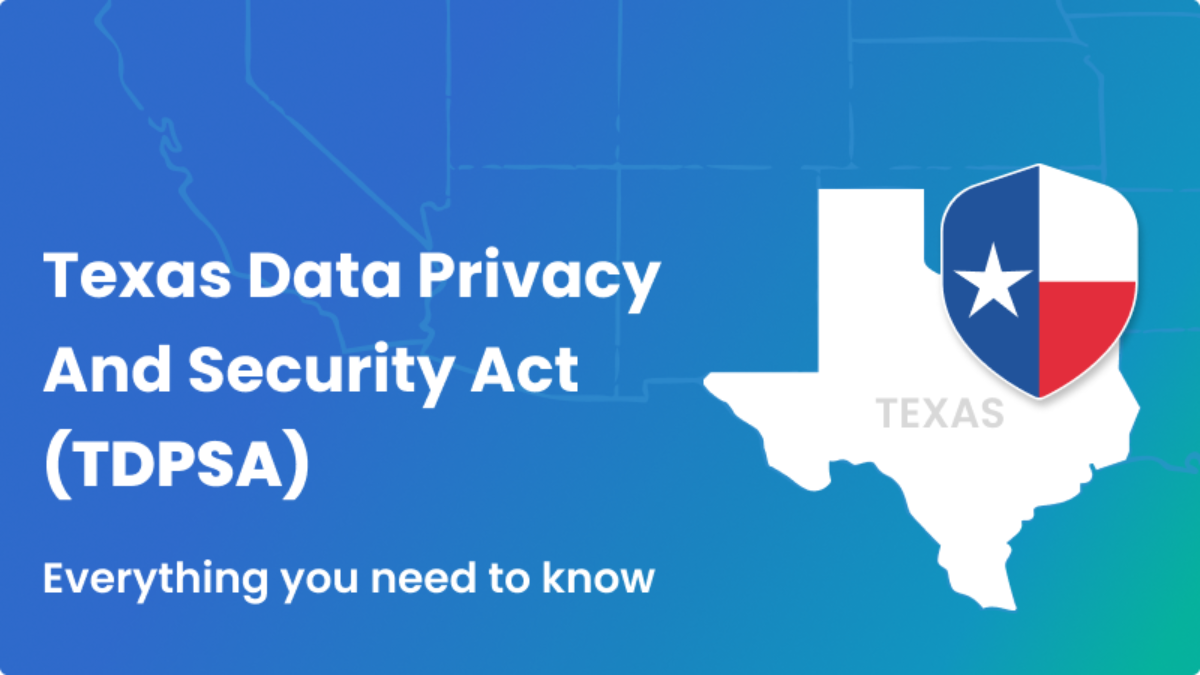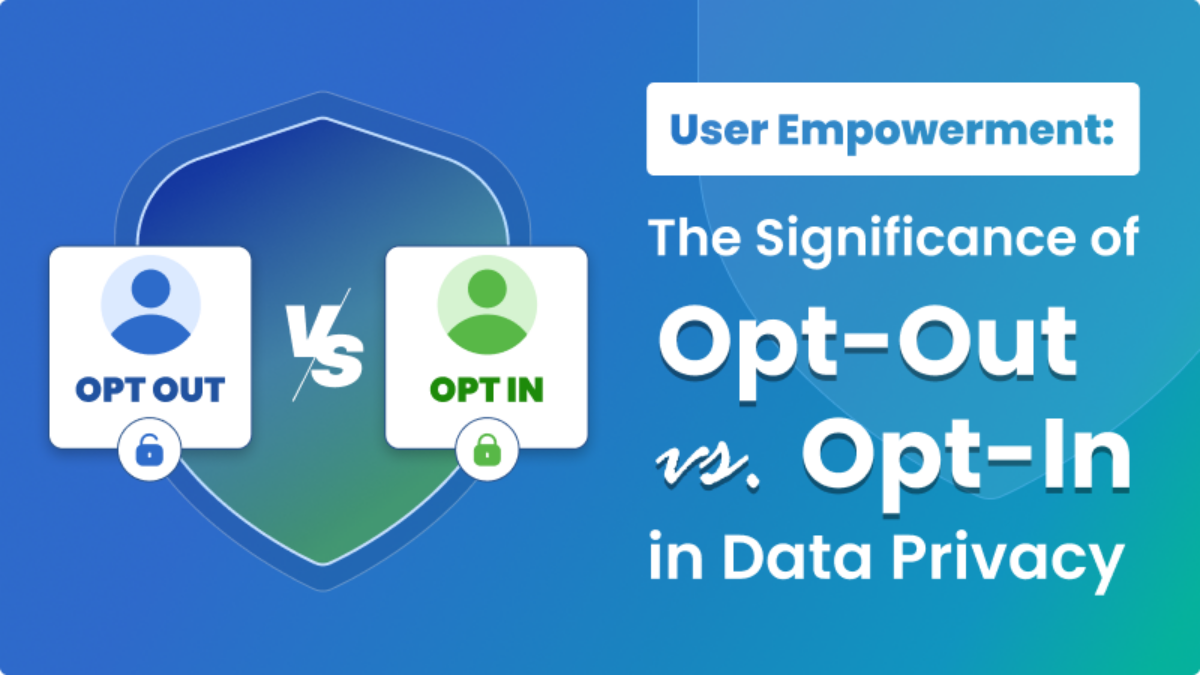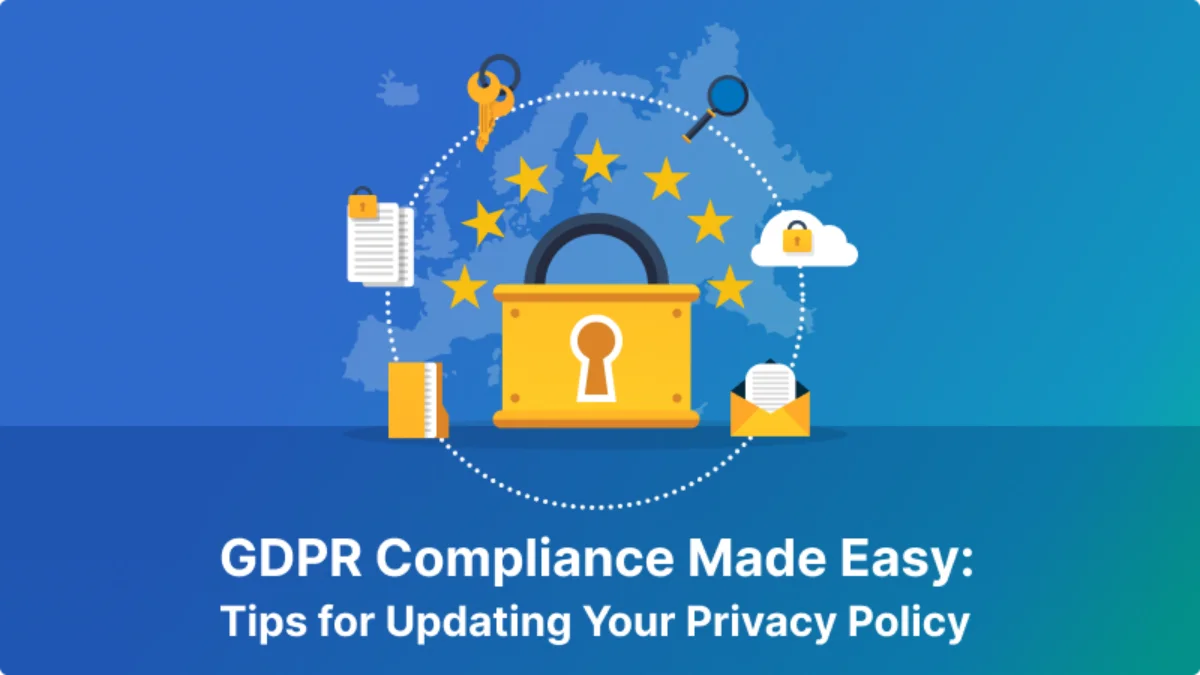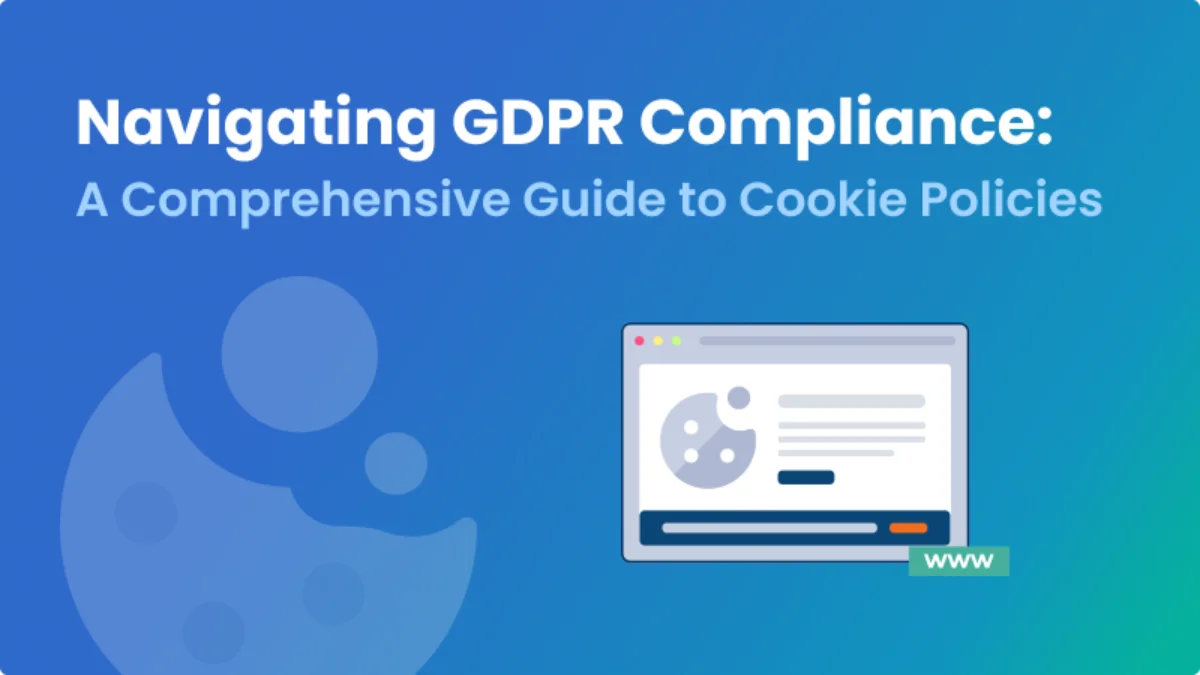How to automate your data privacy compliance program?

The power of data privacy automation for your business
In the fast-paced modern business landscape, time is a precious resource directly linked to profitability. Optimizing privacy operations and minimizing time-consuming manual processes are crucial. Privacy Automation emerges as a powerful solution to achieve this while upholding data privacy standards. By data privacy automation practices, businesses can efficiently allocate resources, boost operational efficiency, and protect sensitive information, thus enabling businesses to concentrate on core operations while maintaining strong data protection measures. Automate compliance to reduce manual error and labour.
What Is Data Privacy Automation?
Data privacy automation refers to using technology and automated processes to streamline and manage various aspects of data privacy and protection within an organization. It involves leveraging software tools, platforms, and workflows to automate tasks and activities related to privacy compliance, data security, and user rights management. It helps businesses simplify complex data privacy processes, ensure regulatory compliance, reduce manual effort, minimize human error, and enhance operational efficiency.
Identify applicable regulations and Implement Privacy by Design Principles
When implementing privacy by design principles, it is essential to consider the relevant privacy regulations that apply to your organization’s operations. Privacy monitoring software provides ongoing surveillance, offering real-time insights into data activities and potential security threats. Here are some commonly applicable regulations and an overview of privacy by design principles to consider:
General Data Protection Regulation (GDPR)
The GDPR is a comprehensive regulation in the European Union (EU) that governs personal data collection, use, and protection. It emphasizes the importance of privacy by design. Organizations must implement appropriate technical and organizational measures to protect personal data. GDPR compliance automation not only ensures efficient and accurate compliance but also reduces the burden on resources, and mitigates the risk of human error.
California Consumer Privacy Act (CCPA)
The CCPA applies to businesses that collect personal information from California residents and establishes their privacy rights. It emphasizes transparency and the need for organizations to implement reasonable security measures to protect personal information.
Brazil General Data Protection Law (LGPD)
The LGPD is Brazil’s data protection law that governs the processing of personal data. It encourages organizations to adopt privacy by-design principles and requires them to implement security measures to protect personal data.
Privacy by Design Principles
Proactive Approach: Integrate privacy considerations from the start of system or process design.
Data Minimization: Collect and retain only necessary personal data.
Transparency and Notice: Provide clear privacy notices to individuals.
Security Measures: Implement appropriate technical and organizational safeguards.
User Control and Consent: Offer individuals control over their data through consent mechanisms.
Data Lifecycle Management: Establish policies for secure data storage, retention, and disposal.
Accountability and Governance: Assign responsibility, conduct privacy impact assessments, and ensure compliance.
By identifying applicable regulations and implementing privacy by design principles, organizations can demonstrate a strong commitment to protecting personal data, ensuring compliance with relevant laws, and fostering a privacy-conscious culture.
Streamline Data Mapping and Inventory
Data mapping and inventory management are crucial to establish a strong privacy program. Automation tools can help small businesses efficiently identify and document the types of personal data collected, stored, and shared. These tools can scan databases, applications, and systems to create comprehensive data inventories. By automating this process, small businesses can save time and reduce the risk of overlooking critical data assets.
Automate Consent Management Processes
Obtaining and managing consent is a fundamental aspect of data privacy. Businesses can automate consent management processes using consent management platforms or plugins. These tools enable businesses to create user-friendly consent forms, track consent records, and automate consent renewal reminders. Businesses can demonstrate accountability and transparency by automating this process while ensuring compliance with consent requirements.
Automate Data Subject Rights Process
Data subjects have various rights, such as the right to access, rectify, or delete their personal data. Handling these requests manually can be time-consuming and error-prone. Automating data subject rights processes allows small businesses to efficiently respond to such requests, ensuring timely and accurate fulfillment while maintaining compliance. Implementing a self-service portal where data subjects can manage their privacy preferences and exercise their rights further enhances efficiency.
Assessment Automation
Assessment Automation facilitates the execution of privacy impact assessments (PIAs) by providing frameworks, templates, and workflows to assess the privacy risks associated with new projects, systems, or data processing activities.
Implement Data Breach Detection and Response
Detecting and responding to data breaches is critical for mitigating potential harm to individuals and complying with breach notification requirements. Automating data breach detection, monitoring, and incident response processes enables businesses to promptly identify and respond to breaches. Tools such as intrusion detection systems, log analysis, and automated incident response workflows can help small businesses minimize the impact of data breaches.
Employee Training and Awareness
Educating employees about data privacy best practices is vital to maintaining a strong privacy compliance program. Compliance Data Automation can support employee training and awareness initiatives through online training modules, automated reminders, and quizzes. Additionally, automated processes can help enforce privacy policies, such as data classification and handling procedures, ensuring consistent adherence across the organization.
By automating these processes, businesses can achieve greater efficiency, accuracy, and scalability in their privacy programs. With the help of privacy program automation, it enables them to allocate resources effectively, streamline and Automate privacy data compliance efforts, and focus on their core operations while maintaining a strong commitment to data privacy and protection.
The Benefits of Privacy Program Automation
Data privacy automation offers several benefits for organizations, including:
Enhanced Compliance: Automation ensures consistent adherence to data privacy regulations and requirements. It helps organizations stay up to date with evolving laws, streamlines compliance processes and reduces the risk of non-compliance, which can lead to penalties and reputational damage.
Increased Efficiency: Automating data privacy processes eliminates manual, time-consuming tasks, freeing valuable resources. It allows organizations to allocate their personnel effectively and focus on more strategic initiatives, ultimately improving operational efficiency and productivity.
Improved Accuracy and Consistency: Automation eliminates human error in data privacy activities. By implementing standardized workflows and automated checks, organizations can ensure accurate data handling, reduce inconsistencies, and maintain a high level of data integrity.
Streamlined Data Management: Automating data mapping, inventory, and classification processes provides a comprehensive view of data assets. This enables organizations to identify and manage personal information more effectively, improving data governance and minimizing data fragmentation.
Timely Incident Response: Automation tools can detect and respond to data breaches and incidents in real time. Automated incident response workflows and notification mechanisms allow organizations to take immediate action, reducing the impact of breaches and ensuring compliance with breach notification requirements.
Enhanced Customer Trust: By automating consent management, data subject rights processes, and privacy practices, organizations can demonstrate their commitment to protecting customer data. This fosters trust, enhances customer relationships, and can even lead to a competitive advantage.
Scalability and Adaptability: Automation solutions can scale to handle large volumes of data and adapt to evolving privacy requirements. As organizations grow or regulations change, automation can easily accommodate increased data processing activities and modifications to compliance frameworks.
Cost Savings: While upfront costs may be associated with implementing automation tools, the long-term benefits can result in cost savings. Automation reduces manual labor, reduces the potential for fines and legal costs due to non-compliance, and optimizes resource allocation.
Conclusion
In summary, data privacy program automation enables organizations to achieve compliance, improve operational efficiency, enhance accuracy and consistency, respond swiftly to incidents, build customer trust, and realize cost savings. Automating compliance processes can significantly streamline operations and enhance efficiency. By automating data privacy processes, businesses can effectively manage privacy risks, demonstrate accountability, and focus on their core objectives while safeguarding sensitive information.
